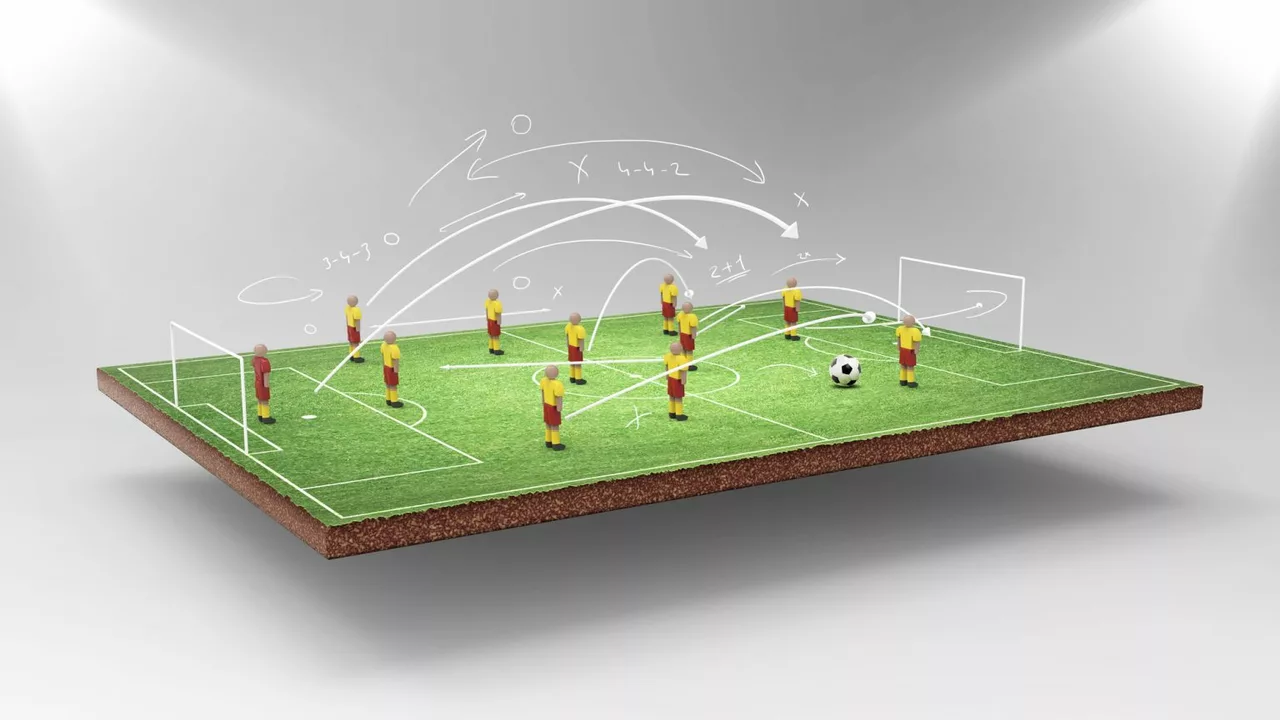Play Midfield Soccer: Your Guide to Owning the Middle
Ever wonder why the best teams always have a midfielder who seems to be everywhere at once? That player is the engine of the side, linking defence and attack, keeping the ball moving, and covering ground like a pro. If you want to step into that role, you don’t need fancy tricks—just a clear plan and a few habits you can practice every training session.
Essential Skills for a Midfielder
First off, focus on three core abilities: passing, positioning, and stamina. Good passing isn’t just about power; it’s about timing and accuracy. Work on short one‑touch passes with both feet, then add a longer ball to switch play. A simple drill—set up two cones 10 yards apart, pass back and forth, then try a one‑second delay before sending the ball back. Notice how the ball feels when you strike it cleanly versus a sloppy touch.
Positioning is next. A midfielder should always have three options: a teammate to pass to, a space to move into, and a defensive responsibility to cover. When the ball is on your side, tilt your body to open up a passing lane. When the ball is on the opposite side, drop deeper to help the defence and be ready for a counter‑attack. A quick way to train this is to watch a match and pause every time the midfielders receive the ball—ask yourself why they stood there and what they could have done differently.
Stamina is the silent superpower. Midfielders run the most distance, so you need a base of aerobic fitness plus short bursts of speed. Mix steady‑state runs (20‑30 minutes at a comfortable pace) with interval sprints (10‑second bursts followed by 20 seconds easy jog). Over time you’ll notice you can press higher and still keep your head up to spot the next pass.
Game‑time Strategies to Control the Middle
When the whistle blows, keep your head up. Spot the space behind the opposing defence before you receive the ball. This after‑receive glance gives you an extra second to decide whether to shoot, pass, or dribble. If you see a runner making a diagonal run into the box, play a quick through ball. If the defence is compact, keep the ball short, pull a defender out of shape, then switch the ball to the opposite flank.
Pressing is another key tactic. As a midfielder, you decide when to chase and when to hold. If the opponent’s back‑line is low, step up to close the passing lane and force a mistake. If they’re already high, stay back and protect the space between your defence and the ball. This balance prevents you from getting caught out of position while still keeping pressure on the other team.
Don’t forget the simple habit of “playing the numbers.” Count how many passes your team completes in a row before trying a through ball. The longer the sequence, the more tired the opponent becomes, and the easier it is to create a scoring chance. Aim for at least five passes in the middle before you look to break forward.
Finally, communicate. A quick shout of "man on!" or "turn!" can save a teammate from a costly error. Even if you’re not the captain, vocal cues keep the group tight and make you look like a leader on the pitch.
Play midfield soccer isn’t just about raw talent; it’s about repetition, smart choices, and staying aware of the whole field. Take these tips, practice them consistently, and you’ll feel the difference the next time you step onto the grass. Your team will thank you, and you’ll finally understand why the midfield is called the engine room of football.
Playing midfield in soccer is all about control and balance. As a midfielder, it's my job to both defend our goal and set up attacks by controlling the ball, passing accurately, and positioning myself correctly. I have to keep an eye on the whole field, anticipate the game, and react quickly. It's a challenging role requiring stamina, skill, and strategic thinking. Remember, a good midfielder can be the key to a team's success.
